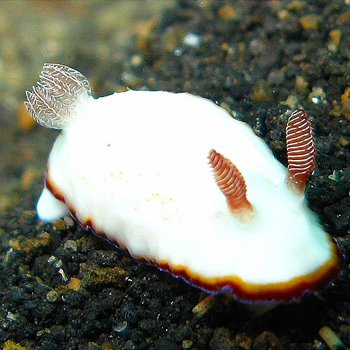What are some common mistakes students make with acid and base dissociation?
1 Answer
Check out the explanation.
Explanation:
Dissociation or association of protons happens one at a time, not all at once.
Not
but
Not
but
Some species are amphoteric, meaning they can act as an acid or base (e.g. water and ammonia).
Strong acids and bases dissociate completely. Remember that only the first proton for
7 strong acids:
8 strong bases:
For strong acids and bases, you use a one-way arrow (
For weak acids and bases, you use a two-way arrow (
HF is not a strong acid. Because fluorine is highly electronegative, it will keep hydrogen.
Remember that water goes through self-ionization/self-dissociation.
The reaction is: acid + base
Not all metals react with acid (e.g. copper, gold, silver, platinum). This is based on the activity series.

